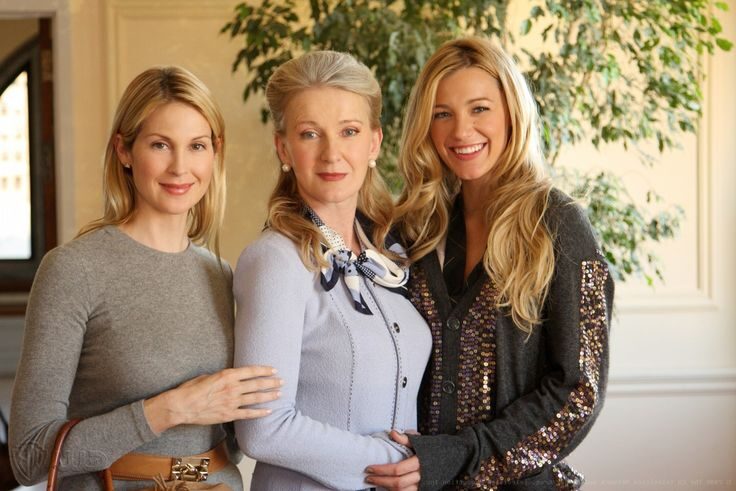If you’ve ever been to the Huntington Library, Art Museum and Botanical Gardens in San Marino, CA you know how extraordinary they are. The Huntington is set on 207 acres of spectacular land in the foothills outside Pasadena, with 16 themed gardens and 45,000 pieces of art. It houses the collection and final resting place of Edward and Arabella Huntington, Gilded Age industrial power couple. In all of my visits to the Huntington, I’ve never spared much thought for the patrons of the place, but that was certainly corrected while reading An American Beauty by Shana Abé —a new historical novel detailing the fantastical rags-to-riches story of Arabella and how she became the richest woman in America.

The story opens with an entry in Arabella’s diary detailing life as a 17-year-old “champagne girl” in a Virginia gambling saloon after the war. Belle, as she’s known, is the beautiful daughter of a widowed mother whose family is mired in poverty and hopelessness. The early scenes capture the degrading circumstances of Belle’s life and how she struggles to support her family while finding some beauty in a desolate experience.
Salvation arrives in the form of Collis Potter Huntington, an extremely wealthy railroad tycoon who immediately is attracted to Belle’s beauty, wit, and courage. The inconvenient fact that Collis is married causes more pause and trepidation than one might expect from Belle—who is literally facing starvation—but the scene in which she finally become Collis’ mistress is written so delicately and with such profound feeling that one is left with the sense that their connection is more than mercenary.
The first half of the book focuses on the highs and lows of Collis and Belle’s early existence together. Savvy Belle quickly realizes how precarious her position is and seeks to rectify that by carving out a personal real estate portfolio with Collis’ ample funds. Her moves are deliberate and well executed. There were so many scenes in which I felt actual anxiety for Belle, who is passionate and ruthless about saving not just herself but her entire family from ruin. I kept being scared that she would fail and end up completely miserable. Thankfully this doesn’t happen and, after his first wife dies, Collis and Belle marry, securing her place in fin-de-siecle American society.
Abé’s writing is evocative, nuanced, and full of emotion. I was locked in to this story from the beginning. Abé portrays Arabella as smart and proud, always aware of how others perceive her. She was a loving mother and generous philanthropist. Arabella becomes a connoisseur of beauty, teaching Collis to appreciate the best art and architecture the world had to offer.

It’s staggering to think of the type of wealth the Huntington’s had. When Collis died in 1900, Arabella inherited $150 million, which was only two thirds of his estate. In today’s dollars that’s approximately $3.1 billion. So, Arabella went from penniless to the top one percent in 33 years—never, however, forgetting her beginnings:
“Last night I had the nightmare again, the one I loathe,” Belle recorded in her diary. “The one where I have a little soft rabbit of my own, a sweet small thing nestled in my arms. Something to kiss and love and cherish.
“You cannot keep it, mother tells me, coming close from the dark. Her face is penciled in anguished, stark and stern. Another mouth to feed, in these times! Of course you cannot keep it.
“I protest that I love it, that it comforts me, but she is unrelenting. She takes the rabbit from my arms and breaks its neck.
“Collis shook me awake to tell me that I had been crying in my sleep. As he held me, I mumbled that the nightmare was nothing, that it was gone. Already forgotten.”
After finishing the novel, I wondered why so little is known about Mrs. Huntington since she obviously made incredible contributions to American culture. She wielded impressive power for a woman in her day, foiling Vanderbilts and Rockefellers in art and real estate deals. The Fifth Avenue land where her former house stood became the original location of the Tiffany & Co flagship store. She set up one of the first programs to educate Black women at the Tuskegee Institute in Alabama. Her actual closet and clothes are part of the permanent collection at the Metropolitan Museum of Modern Art in New York!
But the answer, of course, lies in her humble beginnings. Even after marrying Collis and having a fortune to rival New York’s “robber barons,” polite society never embraced Belle. Her adulterous relationship with Collis seemed to be an open secret, meaning that she was never hosted by society queens like Mrs. Astor. Many historians believe that Arabella deliberately obfuscated facts about her life to protect her scandalous start, like lying about who the father of her son was and never being clear about where or when she was born. In the book, there’s a scene in which a reporter from a gossip newspaper tries to blackmail Belle regarding the authenticity of her first marriage. Belle’s bemused response? “A woman of ambition. I can appreciate the steel in your spine.”

An American Beauty made me fall in love with the audaciousness of Arabella Huntington. I appreciate the self-confidence and drive that it must have taken to build a life of so much importance from so little. Although I haven’t been to her other properties, the sheer grandeur of the Huntington Library, Museum and Gardens is a testament to one woman’s pursuit of the best of everything for herself and those she loved. I found myself envying her complete freedom—not just because of her money but for the way she was unapologetically herself. “She devoted herself to living a life unbound, as her heart always told her she should.” My kind of lady.
Main image Arabella Worsham by Alexandre Cabanel (French, 1882)



